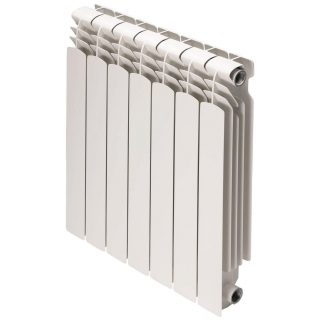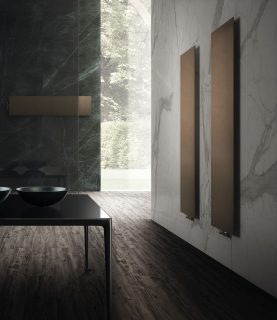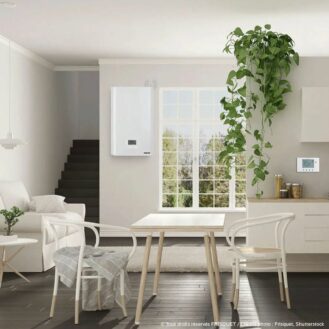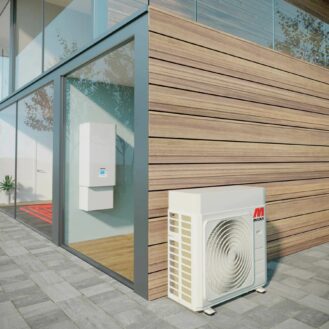When installing a central heating system, you will need a hot water radiator. In a hot water radiator, the heat is conveyed via a heat transfer fluid, water, which circulates in the body of your device. The radiator therefore works with a central heating system since the water is heated in a boiler (gas, wood or fuel), using a heat pump or via solar heating. It must then be brought into your device which will release the heat into your environment.
In order to choose a suitable radiator, you will need to take into account the particularities and use of the rooms to be heated. It is important to know which rooms will regularly need a good quality of thermal comfort. Transit rooms or rarely occupied rooms require a lower level of heating. Bathrooms have specific needs such as towel warmers and require a higher level of heating than any other room. In order to identify which type of radiator suits your needs, you will first need to consider the following:
- The room to be heated
- Its surface
- Your lifestyle.
There are two types of hot water radiators: the low temperature radiator and the high temperature radiator. High temperature models heat between 70°C and 90°C and are generally cheaper than low temperature ones. On the other hand, they degrade the performance of a low temperature boiler. Low temperature radiators heat between 45°C and 50°C and are more economical because they require less effort from your boiler.
You can install them in all rooms: the living room, bedroom, office and even the bathroom.








